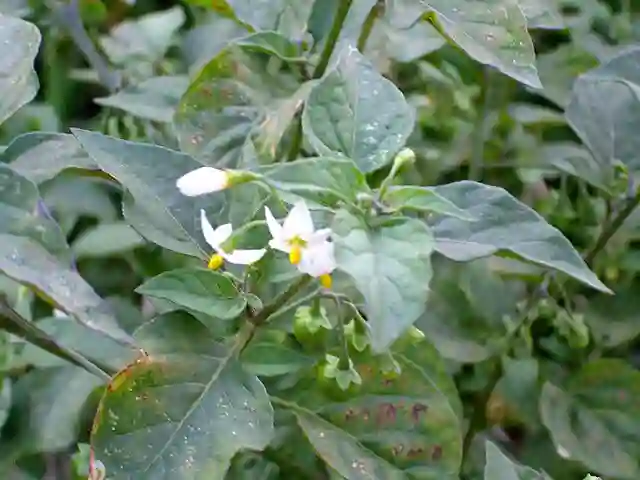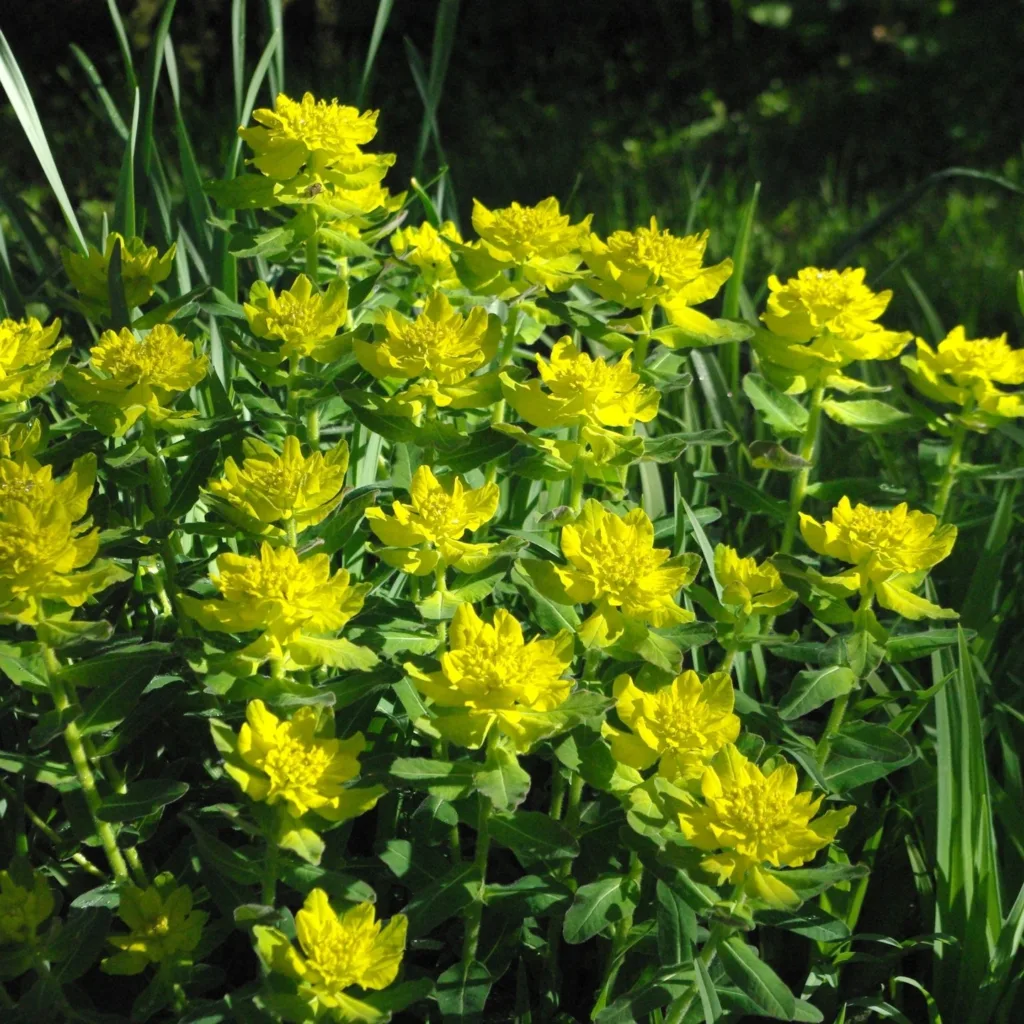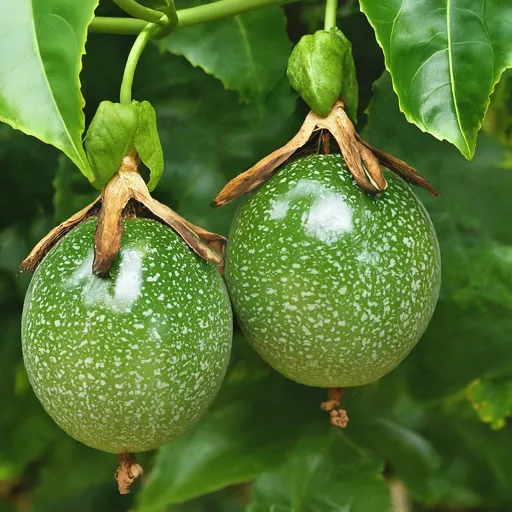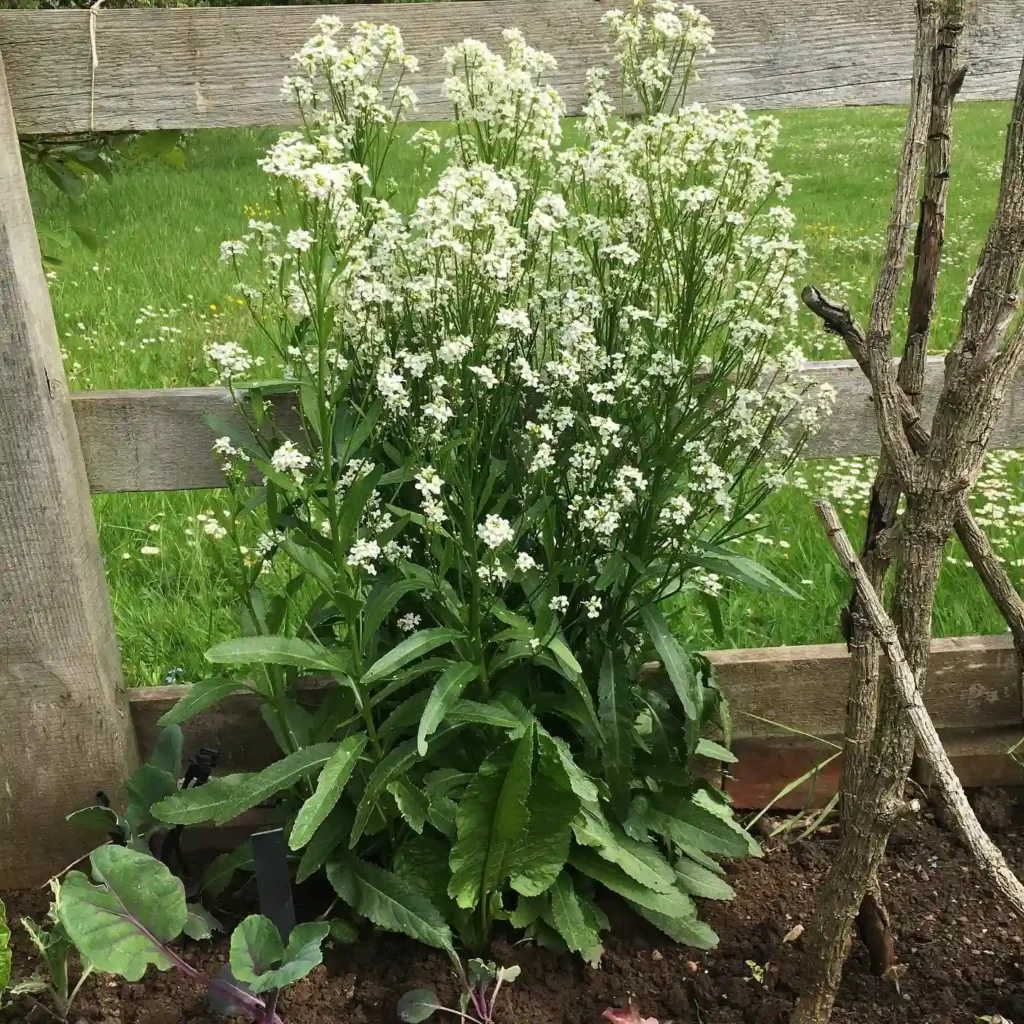Understanding the Sarraceniaceae Family
The Sarraceniaceae family, often known as the American pitcher plants, has always fascinated me with their unique adaptations and captivating appearance. Comprising three genera—Sarracenia, Darlingtonia, and Heliamphora—these carnivorous plants have evolved to thrive in nutrient-poor environments by attracting, trapping, and digesting insects. As someone who enjoys cultivating and observing different plant species, I find the Sarraceniaceae family particularly intriguing, not just for their carnivorous nature, but for the variety and beauty they bring to a garden.
Sarracenia: The North American Pitcher Plants
32 Species in Genus Sarracenia
Sarracenia, often called the North American pitcher plants, are native to the eastern United States, ranging from the Gulf Coast to parts of Canada. These plants have evolved tubular leaves that form deep, nectar-lined pitchers. Insects are lured by the sweet scent and vibrant colors, only to slip into the pitcher where they are digested by enzymes and bacteria.
My experience with Sarracenia has been overwhelmingly positive. They are relatively easy to care for, provided they receive ample sunlight and are grown in an acidic, nutrient-poor medium, such as sphagnum moss or a peat-perlite mix. I’ve had particular success with Sarracenia purpurea, known for its squat, robust pitchers that stay close to the ground. It’s a resilient species that can even withstand mild frost, making it a great option for temperate climates.
Darlingtonia: The Cobra Lily
Darlingtonia Californica of Genus Darlingtonia – Cobra Lily – California Pitcher Plant
Darlingtonia californica, or the Cobra Lily, is the only species in its genus and is native to northern California and Oregon. This plant is a marvel of evolution, with its snake-like appearance and a hooded pitcher that prevents rainwater from diluting the digestive enzymes. It’s called a Cobra Lily because of the way the upper part of the pitcher resembles a rearing cobra.
Caring for Darlingtonia can be a bit challenging compared to Sarracenia. It prefers cooler temperatures, and keeping its roots cool is essential for its survival. I’ve found that placing the pot in a shallow tray of cold water or using ice cubes can help regulate the temperature. Despite the extra effort, the unique look of this plant makes it worth every bit of care.
Heliamphora: The South American Marsh Pitcher Plants
18 Species in Genus Heliamphora
Heliamphora, native to the tepui mountains of Venezuela and Brazil, are the most tropical members of the Sarraceniaceae family. These plants have adapted to life on table-top mountains, where the soil is poor and rain is frequent. Unlike their North American relatives, Heliamphora have a less dramatic trap mechanism, relying more on passive prey capture.
Heliamphora species are some of the most stunning carnivorous plants I’ve grown. Their tall, slender pitchers and delicate nectar spoons create an ethereal appearance. However, they require specific conditions: high humidity, bright light, and cool nights. Growing them in terrariums or greenhouses helps replicate their natural habitat. My favorite species is Heliamphora nutans, which has elegant, slightly curved pitchers that seem almost otherworldly.
Growing Sarraceniaceae: Tips and Tricks
When growing Sarraceniaceae, it’s crucial to remember that these plants need environments that mimic their native habitats. For Sarracenia and Darlingtonia, this means full sun and consistently moist, acidic soil. Distilled or rainwater is best, as tap water often contains minerals that can harm the plants. They also benefit from a dormancy period during winter, where cooler temperatures and reduced light help them rest and prepare for the next growing season.
Heliamphora, on the other hand, require a more controlled environment. High humidity and good air circulation are essential, and providing a temperature drop at night can make a significant difference in their growth. I use LED grow lights to supplement natural light and mist the plants regularly to maintain humidity.
Why I Love the Sarraceniaceae Family
What draws me to the Sarraceniaceae family is not just their carnivorous nature but the diversity within the family. From the sturdy, ground-hugging pitchers of Sarracenia purpurea to the towering, ethereal forms of Heliamphora, each genus offers something unique. These plants are living examples of adaptation and resilience, thriving in environments where few others could survive.
In my garden and indoor collection, they add an element of the exotic and the unusual, drawing attention and sparking conversations. There’s something incredibly satisfying about watching these plants thrive, knowing that I’ve provided the conditions they need to grow and flourish. It’s a reminder of the incredible diversity of the plant kingdom and how much there is still to explore and appreciate.
Conclusion
The Sarraceniaceae family is a remarkable group of carnivorous plants, each genus with its unique characteristics and challenges. Whether you’re a seasoned grower or a curious beginner, there’s something in this family for everyone. For me, they represent the perfect blend of beauty and intrigue, a testament to the wonders of plant evolution. I encourage anyone with an interest in botany to explore these captivating plants—you won’t be disappointed.
If i die, water my plants!



